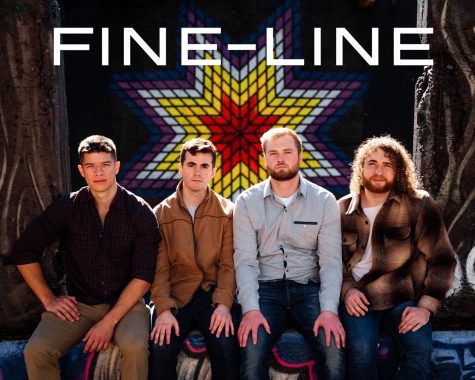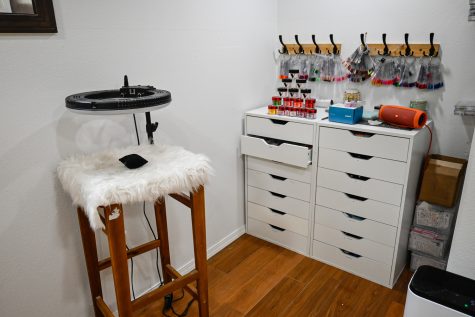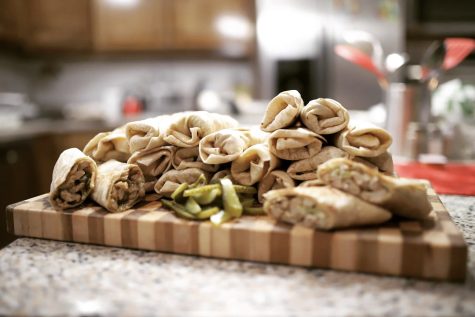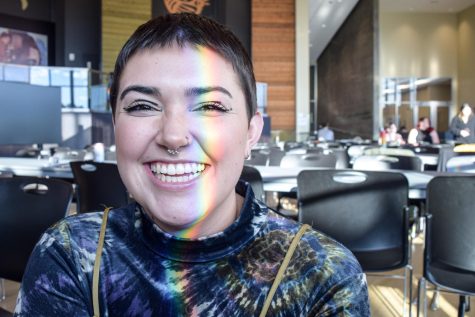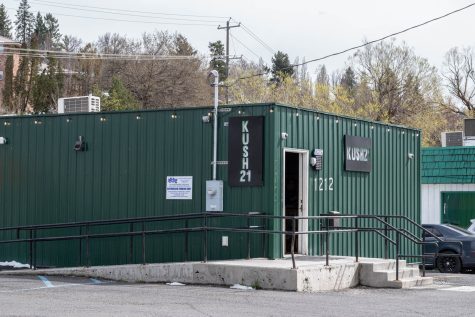Salmon fishing in the musuem
September 22, 2014
For the last few years, the Museum of Anthropology in College Hall has been little more than empty space. A few exhibits, such as “The People of the Lower Snake River,” have been on display, but the museum was in need of a fresh, new exhibit.
The responsibility of creating a new exhibit fell to Shannon Tushingham, the museum assistant director and professor.
“I have a personal interest in Native American salmon fishing,” Tushingham said. So it only made sense that the new exhibit, the “Legacy of the Columbia River Fishery,” would focus on the impact of local salmon fishing, she said.
Tushingham said she needed someone to design the exhibit itself, and she found Ky Christiansen, an undergraduate interior design major.
“I am really interested in museum design,” Christiansen said, “because it takes more than a special design. It tells a story.”
Christiansen said she would like to use her experience with the creation of this exhibit as part of her senior thesis.
The museum is based around a set of panels that were created by Irene Martin, who has been involved in other exhibits around the Pacific Northwest.
“I have made panels and donated artifacts to other museum exhibits in the past, however this set of panels is the first traveling exhibit I’ve ever done,” Martin said.
The set on display in the Museum won Martin the David Douglas Medal and Award of the Washington State Historical Society in 2012.
Christiansen drove to Martin’s hometown, Skamokawa, to pick up the panels.
“Once I saw the panels,” she said, “I had an idea of what types of artifacts I wanted to complete the exhibit.”
Martin’s husband is a gillnet fisherman, and she gave Christiansen a wide variety of his materials and tools to supplement the panels in the exhibit.
The museum has a very small staff and next to no budget, so Christiansen had to be creative in her design to be as thrifty as possible, Tushingham said.
“What’s cool is how everything is recreated,” Tushingham said. “The whole exhibit is very resourceful.”
Christiansen used some artifacts, including a blanket depicting a salmon that the museum already had, which she combined with the artifacts she received from Martin to create the exhibit and tell the story she envisioned.
Once the exhibit was finished, Martin traveled to campus to give a talk to visitors.
“It was the most fun for me to answer the questions people had,” she said. “I always enjoy when my audience has an interest in something I love.”
The exhibit will be open until Dec. 18, and a new photo exhibit on Celilo Falls will be added in about a month, which Tushingham and Christiansen also created and designed.
“We’ve seen more people come through here in the last few days than we have in the last year,” Tushingham said. “That’s great.”
The Anthropology Museum is open from 9 a.m. to 4 p.m. Monday through Friday and admission is free.











